The Trump administration accuses China of restricting market access and forcing foreign companies into technology transfers. It’s right, and there’s little debate about that. There is debate, however, over whether Trump’s prescription of unilateral tariffs is the cure. Although the early returns are concerning, there still is hope for progress.
Much of the discourse around U.S.-China trade tensions in the U.S. media and in my interactions with U.S. officials has treated the matter as if it were a single-player game, with the United States simply needing to muster the will and maintain the fortitude to demand that China alter its unfair trade practices. This misses the mark in two ways: It overlooks Beijing’s incentive structure, and it treats the trade dispute as a confined challenge that Washington alone confronts, rather than as a global problem emanating from Beijing.
So, what are Beijing’s top interests during this period of heightened tensions? Beijing foremost wants to avoid any appearance of capitulating to American pressure. Xi has built his political brand on resolutely defending China’s interests. He also has stoked China’s last remaining ideology—nationalism—during his consolidation of political power. Absent an existential threat, which current U.S. pressure doesn’t pose, Xi will not allow his political brand to be sullied or national pride to be dented by any perception of caving to American demands.
For Beijing, this trade dispute is more than a U.S.-China test of wills. It also is an opportunity to create distance between Washington and its closest partners by framing the United States as the unilateralist instigator and China as the principled protector of the global trading system. Beijing judges that as long as it can prevent an “everyone-versus-China” dynamic from emerging, it can weather unilateral pressure from Washington and retain its state-backed industrial model. The longer U.S.-China trade tensions persist, the more likely Beijing will offer concessions to traditional U.S. partners like Japan, Canada, and the EU to draw them closer to China and further from the United States.
Beijing hopes that its strong and swift counter-punch to Trump’s tariff threats deters other countries from following Washington’s lead. Beijing wants to show the rest of the world that challenging its use of industrial policies is expensive and counterproductive, and that countries have nothing to fear from its 13th Five-Year Plan and its “Made in China 2025” goals. In recent weeks, Beijing has been taking steps to try to recast “Made in China” as WTO-compliant and inclusive of foreign companies.
If the White House goal were to scare Beijing into submission, that plan has failed.
Many in Beijing think Xi has called Trump’s bluff. According to this logic, Trump is not interested in launching a mutually destructive full-scale trade war. Every time the White House dispatches a spokesperson to calm jittery nerves after negative market movements, it only bolster’s Beijing’s confidence. If the White House goal were to scare Beijing into submission, that plan has failed. Instead, Beijing has gained confidence in its ability to move markets and target specific swing districts with its trade actions.
What should Trump do now? For one, he must see it through: Quitting is not an option, nor is accepting a symbolic Chinese concession and declaring victory. That would crater the credibility of future American threats and degrade America’s ability to influence problematic China’s policies in other areas.
Reflexively doubling down, as Trump did in announcing an additional $100 billion in tariffs on April 5, comes across as impulsive. Such actions undercut White House claims that Trump’s trade strategy was designed with algorithmic sophistication. They also lower the likelihood that other countries will support a U.S.-led strategy that appears guided more by instinct than analysis.
Invoking Trump’s relationship with Xi to suggest that the two leaders’ personal bond will enable them to sort out trade disputes, as Trump did in a tweet the day after doubling down, appears naïve. Xi is an emotionally unencumbered calculator of his and China’s interests, and won’t be swayed by personal entreaties from Trump.
If Washington truly is serious about altering China’s strategic calculus, it will need to exceed Beijing’s expectations. One way of doing so would be to muster a strong chorus of countries and companies that each stress to Beijing a uniform set of requests about areas where it needs to adjust its practices. That would require U.S. cooperation with partners to define narrowly and precisely which Chinese practices must change. It would also require that the White House allow other actors to operate on their own in pressing Beijing, instead of being seen as following Trump’s lead.
The Trump administration also should consider an “America First” analogue of enlisting all of China’s top trading partners in establishing high standards for trade and investment (e.g., Trans-Pacific Partnership, Transatlantic Trade and Investment Partnership). While the payoff would not be immediate, the impact on China over the long run would be more powerful than if trade tensions remain confined to a U.S.-versus-China dynamic.
There are no cost-free options left.
Alternatively, if the primary audience for Trump’s trade actions is domestic—if he is appealing to a political base embittered by failure on the border wall, indifferent to a tax cut that tilts toward the wealthy, and stung by a budget deal that explodes the deficit—then Trump should prolong the period of negotiation before tariffs take effect. Once Washington imposes tariffs, Beijing will follow. When it does, American jobs will be lost, 401(k) accounts will suffer, and economic growth will slow.
There are no cost-free options left. We are where we are. The stakes are high. Trump owes the American people an explanation of where he plans to take this dispute, what he intends to achieve, and how he plans to do so.
With greater effort toward building an international coalition to push China to make specific reforms to its industrial policies and practices, Trump still could achieve gains that had eluded his predecessors. On the other hand, if Trump raises the ante by himself, without regard for the cards Xi has in hand or the need to enlist others in pushing China to reform, the American people will pay the price.
The Brookings Institution is committed to quality, independence, and impact.
We are supported by a diverse array of funders. In line with our values and policies, each Brookings publication represents the sole views of its author(s).
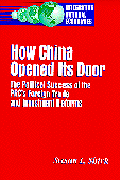
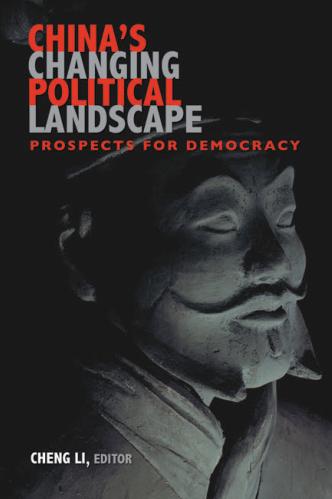
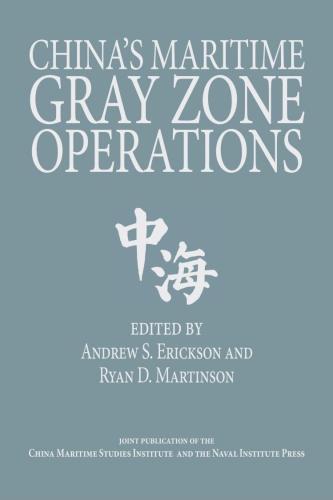
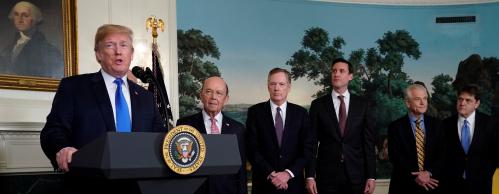
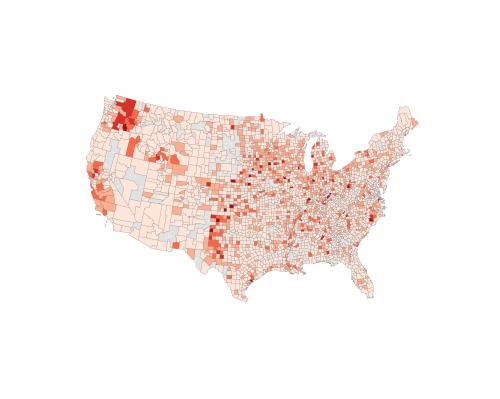


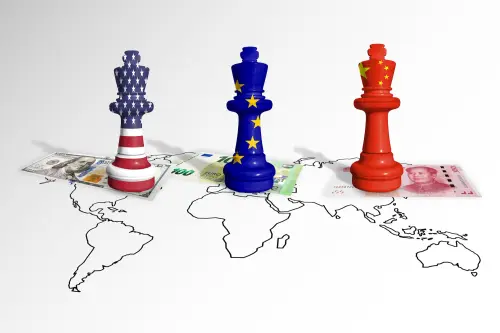

Commentary
Trump’s trade spat: Time for a reboot
April 11, 2018